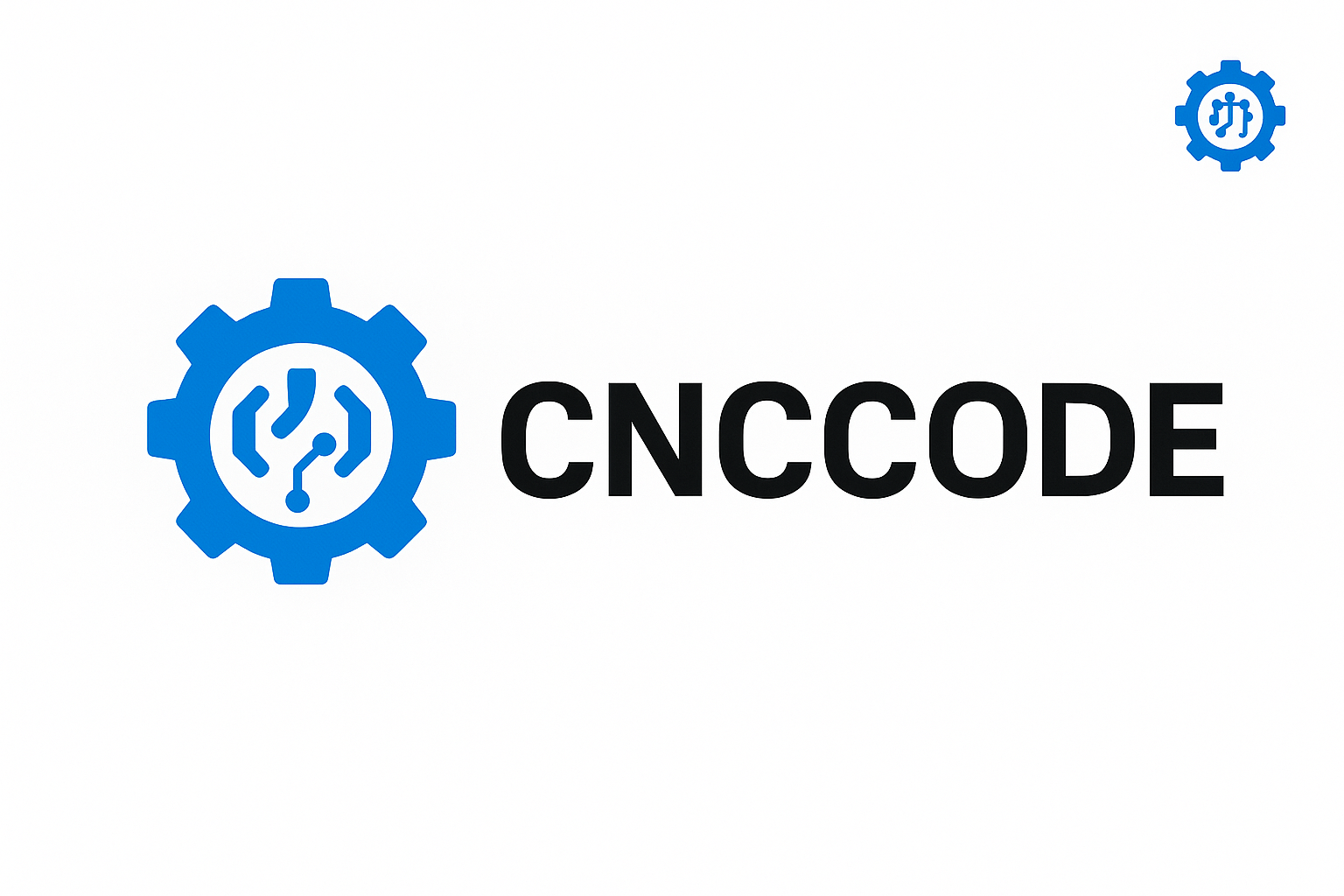CNC controllers and firmware vary widely, affecting cost, capabilities, and ease of use. Here’s a breakdown of common options:
-
PC-based controllers (Mach3/Mach4, LinuxCNC): These run on a computer. Mach3 (for Windows) and Mach4 are user-friendly with many plugins, making them popular for hobbyists and small shops. LinuxCNC (Linux) is open-source, extremely flexible, and supports complex setups (multi-axis, milling and turning). These systems can leverage the PC’s hardware for motion control, but require a reliable PC and real-time extensions to avoid timing issues. They often use parallel-port interfaces or USB motion cards.
-
Microcontroller-based controllers (GRBL, TinyG, Smoothie): These run on smaller hardware like Arduino or dedicated motion-control boards. GRBL is a free, open-source firmware for AVR microcontrollers; it interprets G-code from a PC or SD card and drives up to 3 axes (suitable for routers/mills). TinyG and Smoothie boards offer more axes and built-in stepper drivers. These are compact and low-cost, ideal for DIY or light industrial CNC. They may lack some advanced features of PC controllers but are simple and reliable.
-
Dedicated CNC controller units: These are turnkey systems (from companies like Fanuc, Siemens, or Chinese CNC brands) integrated into larger machines. They include a screen, joystick, and all electronics in one package. Firmware is often proprietary (e.g., Fanuc’s PLC-based control) and tuned for industrial reliability. These systems support many axes, fast processing, and often have built-in features like tool libraries and network connectivity. They’re less DIY-friendly but very robust.
-
Features and differences:
-
Real-time performance: PC-based controllers need careful setup to avoid lag. Microcontroller-based boards often have built-in step generation for smoother motion.
-
Axis limits: GRBL supports 3 axes; TinyG up to 6; industrial controls can handle 5+ simultaneously.
-
Customization: Open-source firmware (GRBL, LinuxCNC) allows deep customization and low cost. Commercial software (Mach, proprietary unit) usually has polished interfaces and dedicated support but at higher cost.
-
Ease of programming: Mach3/Mach4 provide visual wizards and UI for settings. LinuxCNC and GRBL may require manual config files or command-line interfacing.
-
Connectivity: Some controllers rely on USB/PC (e.g. sending G-code from a PC), while others can read from USB drives, SD cards, or have Ethernet ports for networked job transfers.
-
When choosing a controller/firmware, match your machine’s complexity and your comfort level: hobbyists often start with GRBL or Mach3 for 3-axis routers, while industrial shops invest in dedicated CNC controls for heavier cutting and automation. Each system has its trade-offs in cost, expandability, and user interface.
